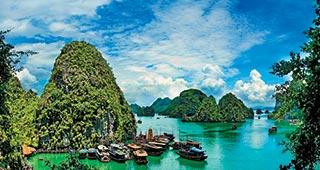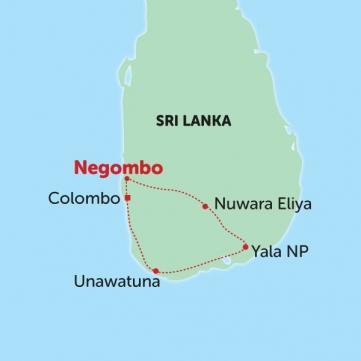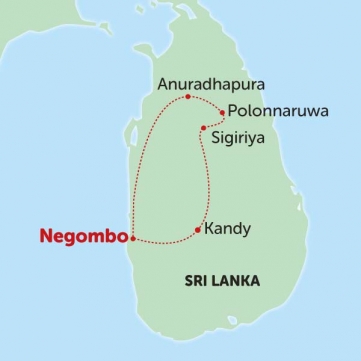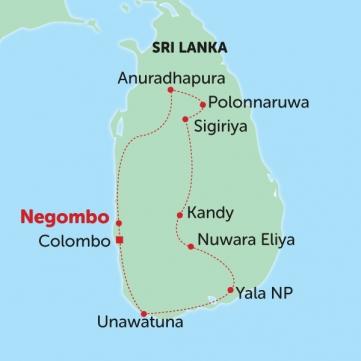Book NOW for $1 £1 €1 • Flexible Payments • No Change Fees • Private Departures Available
- Home >>
- Best Time to Visit Asia
Best time to visit Asia
Roaring typhoons, bitterly cold mountain gales, searing hot sunny spells and everything in between. All imaginable weather conditions can occur simultaneously across Asia’s gargantuan landscape, making it difficult to decide when is the best time to visit this magnificent continent.
Due to the multiple microclimates and the wet and dry seasons that exist as a consequence of the hot air from the Indian Ocean, the seasons of the northern hemisphere act more like a rough guideline than an accurate depiction of the weather conditions to come. Here are our tips for how different regions are affected by the seasons of the year.
Top Tip!
Taking the train from Nuwara Eliya to Ella, make sure to hang around the doorway of the carriage. Once the train is on the move literally sit on the floor dangle your legs out, you’ll pass endless valleys of tea plantations, waterfalls and jaw-droppinga heights over bridges.
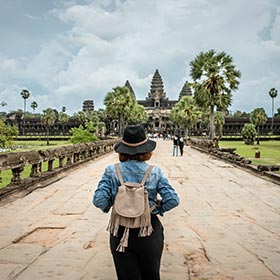

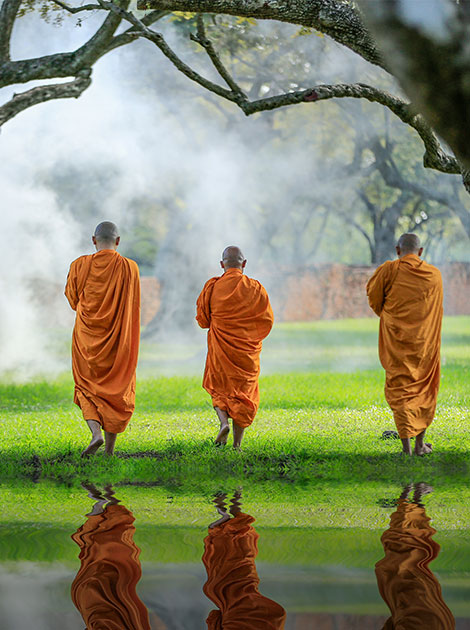

Southeast Asia
An ecology dictated by the annual monsoons that strike its coastline before heading inland, the weather in Southeast Asia varies greatly depending on when and where you are. Typically the region is characterised by the sweltering, sticky heat that is present throughout most of the year, which tends to drop off during the northern hemisphere’s winter months. Temperatures in Asia also vary according to elevation, with mountainous locations offering refuge from the sweltering heat of the dry season.

Thailand, Malaysia and Laos
Thailand, Malaysia and Laos tend to be cooler around the Christmas period before the monsoons start to encroach around May time, bringing incredibly humid weather with them. The Thai water festival of Songkran falls in April, which can help cool you down just as temperatures reach their sweltering peak. The humidity eventually gives way to cooler months again around October. Rather confusingly the coastal weather in Thailand and Malaysia varies according to whether you are on the east or west coast, with one coast or the other promising good weather at any stage of the year.
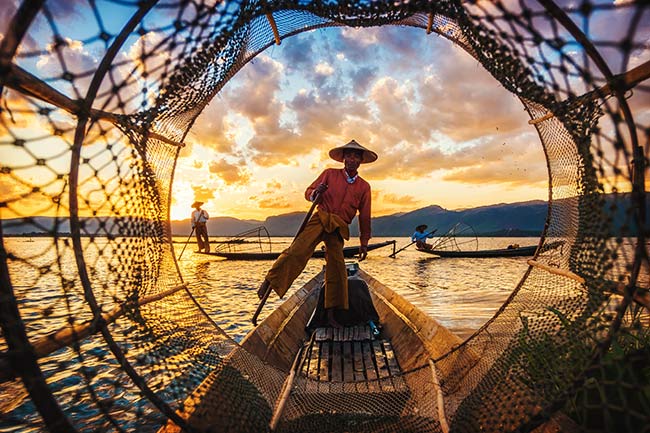
Burma
Burma (also known as Myanmar) experiences similar conditions, with heavy rains beginning around May before they begin to die down in October, when the light festival of Deepavali sees the nation scattered in the warm glow of countless lanterns. The following period provides clear skies and comfortable heat, making it perfect for exploring temples and delving into the local culture before the sweltering heat of February kicks in.
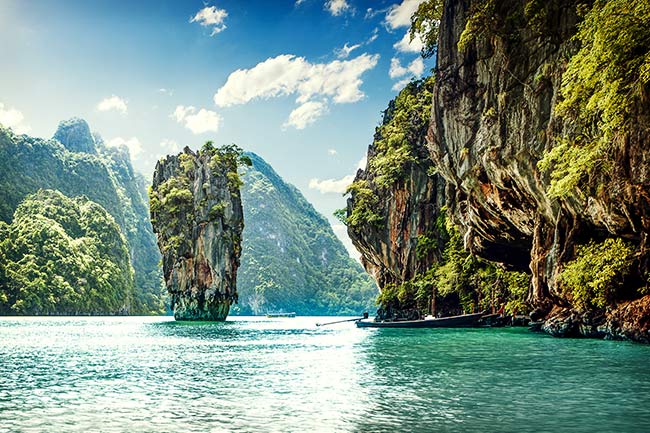
Vietnam
Conditions in Vietnam differ slightly due to its longer shape, meaning that from the start of September, when the nation celebrates its independence, to November the north is cool and foggy whilst the south is warmer and drier. In fact Vietnam’s south experiences 2 seasons - dry and rainy - whilst its northern territories also experience a cooler winter season between October and February.
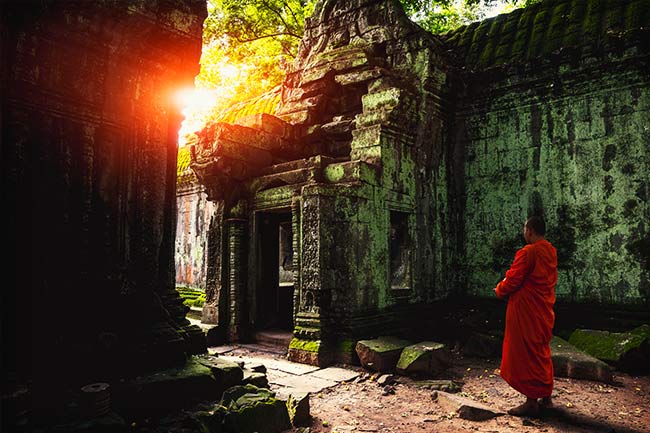
Cambodia & Singapore
Cambodia tends to be more consistent in its weather, experiencing temperatures around 30 degrees celsius, which briefly give way to a slightly cooler period during December and January. Singapore’s weather conditions are also more constant throughout the year, with a combination of equatorial heat and tropical downpours hitting the nation year round.

Subcontinent
Characterised by its baking hot summer sun and annual monsoon rains sweeping in from the east, the Subcontinent follows a similar trend to the weather of Southeast Asia. However, this region is also home to vast deserts and the largest mountains in the world, meaning drastically varied climates according to your location.
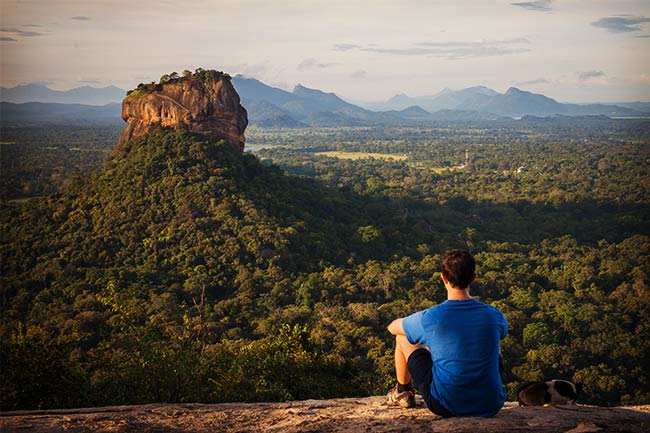
Sri Lanka
Sri Lanka sees monsoons hit its southwestern coast between May and October and its northeastern coast between December and March, meaning one section or another of its heavenly coastline will be in its prime throughout the year. If you are here to ride the waves, the surf in Sri Lanka is notorious during the time period directly after the respective monsoons strike. The country’s plains and coastline are typically warm and more humid throughout the year, with cooler temperatures in the highlands. December to February sees a period of fewer rain showers whilst retaining the warmer temperatures.
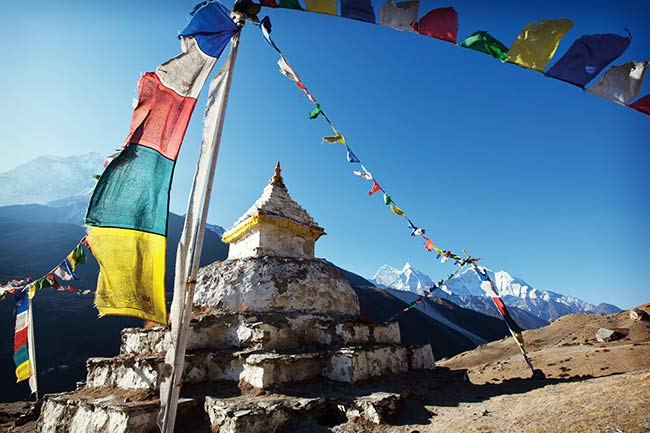
Nepal
With the colossal Himalayan mountains running along its northern border and lowland jungles in the south, Nepal sees giant monsoons strike between June and September. The months directly following this are when the country boasts its most beautiful scenery, with rural areas coated in a blanket of luscious emerald green. September or October also hosts the Hindu festival of Dashain, a huge celebration of good overcoming evil. Late March to May sees a spike in tourism as it provides the greatest climbing conditions for those looking to summit any of Nepal’s mountains.
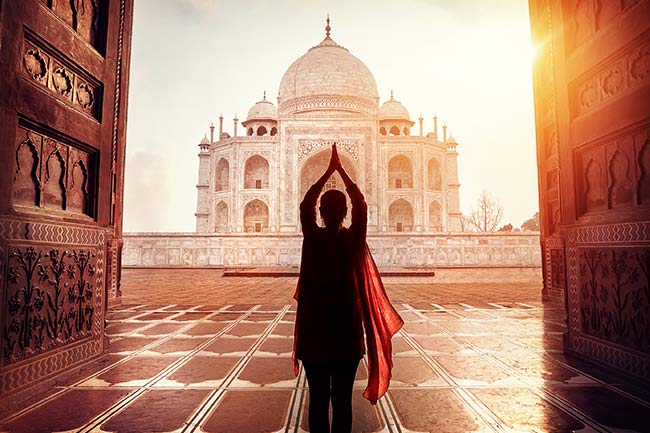
India
Given the vast amount of land that makes up India , it is difficult to group the entirety of its many climates in one all-encompassing weather guide. The monsoon season typically runs from March to May and can see entire days of rain leading to ankle deep water in city centres. The start of the wet season is celebrated during the world renowned Holi Festival , where celebrations culminate in an explosion of colour. The weather in India can get seriously hot, reaching highs of over 40 degrees centigrade. Even in the coolest season from September to November most temperatures typically lie in the mid-20s.

East Asia
The seasons in China and Japan follow similar patterns, with typical northern hemisphere seasonal changes occurring in a manner not entirely unlike the western cycle. However, when a nation’s size means that it can host a snowstorm at the same time as a heatwave it makes predicting conditions a lot more difficult.
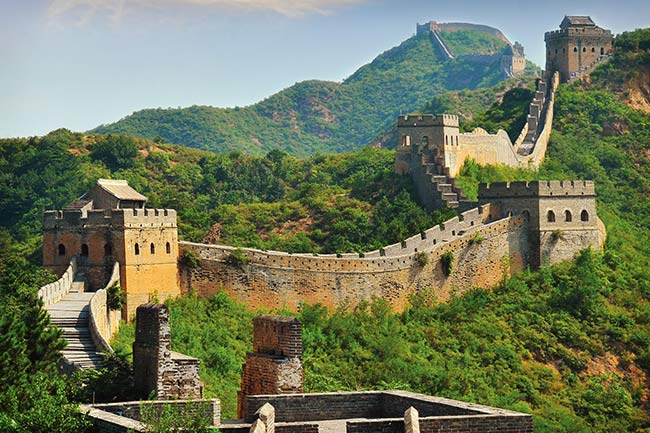
China
In China, spring runs from March to May, offering most of the country a comfortable warmth alongside the spectacular scenery associated with the season’s cherry blossom bloom. The summer sees hot, clammy heat creep in along with torrential downpours before autumn puts a stop to that in September, when temperatures dip to a more comfortable levels and the sky is typically clear. Winter in China can see temperatures drop a long way below zero and much of the country blanketed in a layer of the purest white snow.
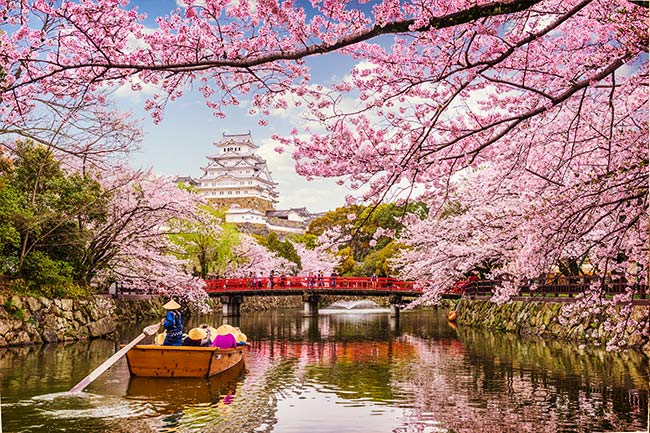
Japan
Japan is notorious for the rose pink scenery offered by its springtime cherry blossoms around March and April. The sweltering heat of the summer between June and August sees much of the urban populous move to the countryside for some respite from the sweaty conditions amongst the metropolitan megastructures, before the monsoons hit around August. The rain dies down for autumn in September, a time of year that sees the nation coated in flame-toned canopies every bit as beautiful as the famous cherry blossoms of spring. This time of year is usually quieter in terms of tourists but perfectly pleasant. With winter comes the Siberian winds that see temperatures drop across the nation, with the north taking the brunt, plummeting below freezing in some places. Whilst very cold, the weather does present some spectacular views.

Staff Top Tips
Owen Denton - Head of Operations
It is difficult to predict what sort of weather you will face in Asia, which is why we recommend that you check seasonal trends and forecasts prior to any upcoming trip. That being said, witnessing a nation in its more challenging conditions can often provide a more authentic insight into the local way of life.
Top Tours in Asia





Back to Top





